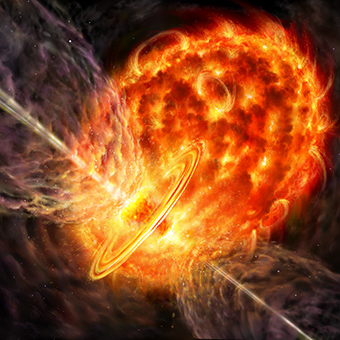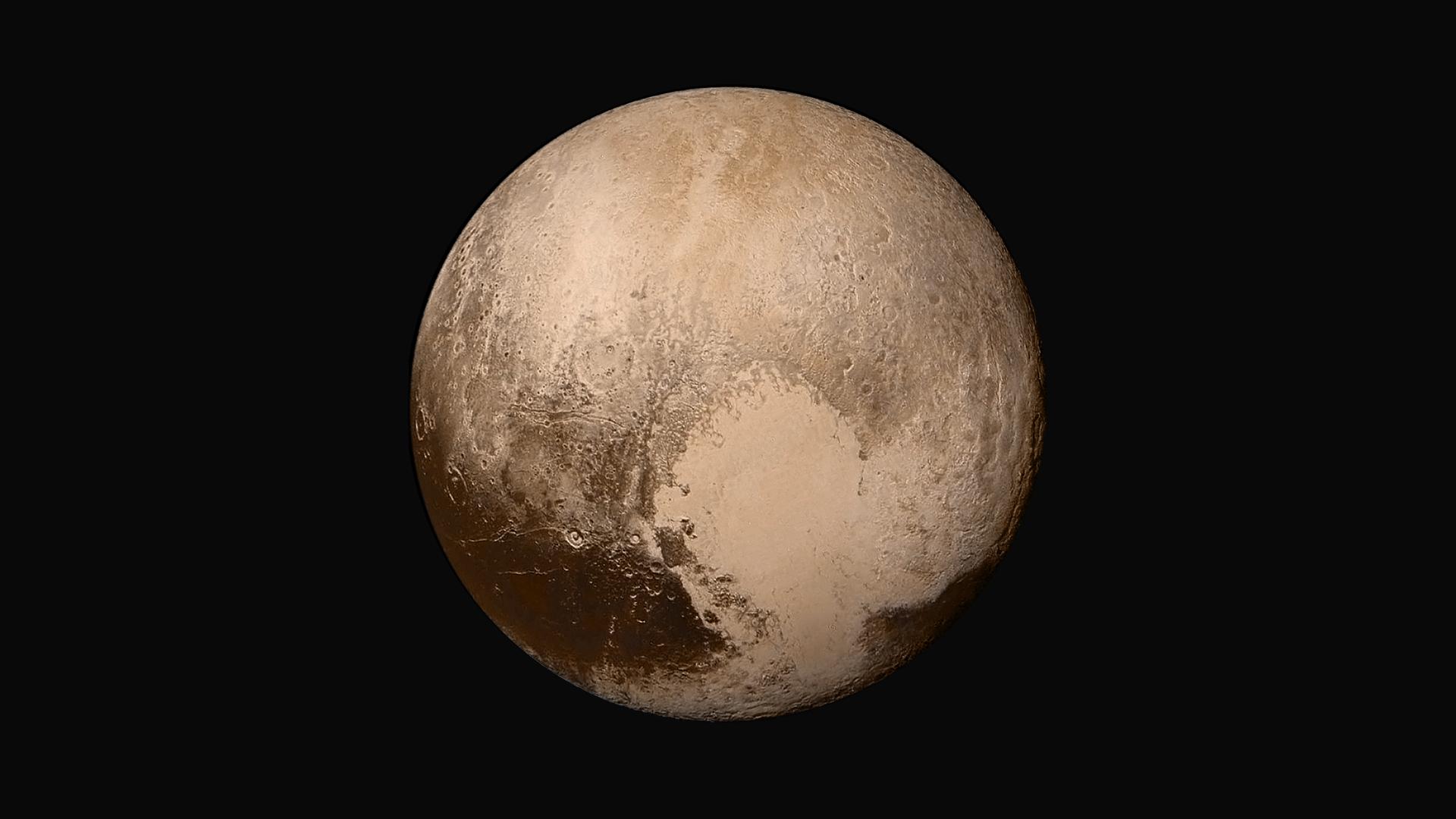
Scientists have unravelled a fascinating new insight into how the landscape of the dwarf-planet Pluto has formed. A team of international researchers, including Dr Adrien Morison from the University of Exeter, has shown how vast ice forms have been shaped in one of the planet’s largest craters, Sputnik Planita.
Perhaps the most striking feature on Pluto’s surface, Sputnik Planitia is an impact crater, consisting of a bright plain, slightly larger than France, and filled with nitrogen ice.
For the new study, researchers have used sophisticated modelling techniques to show that t...
Read More









Recent Comments